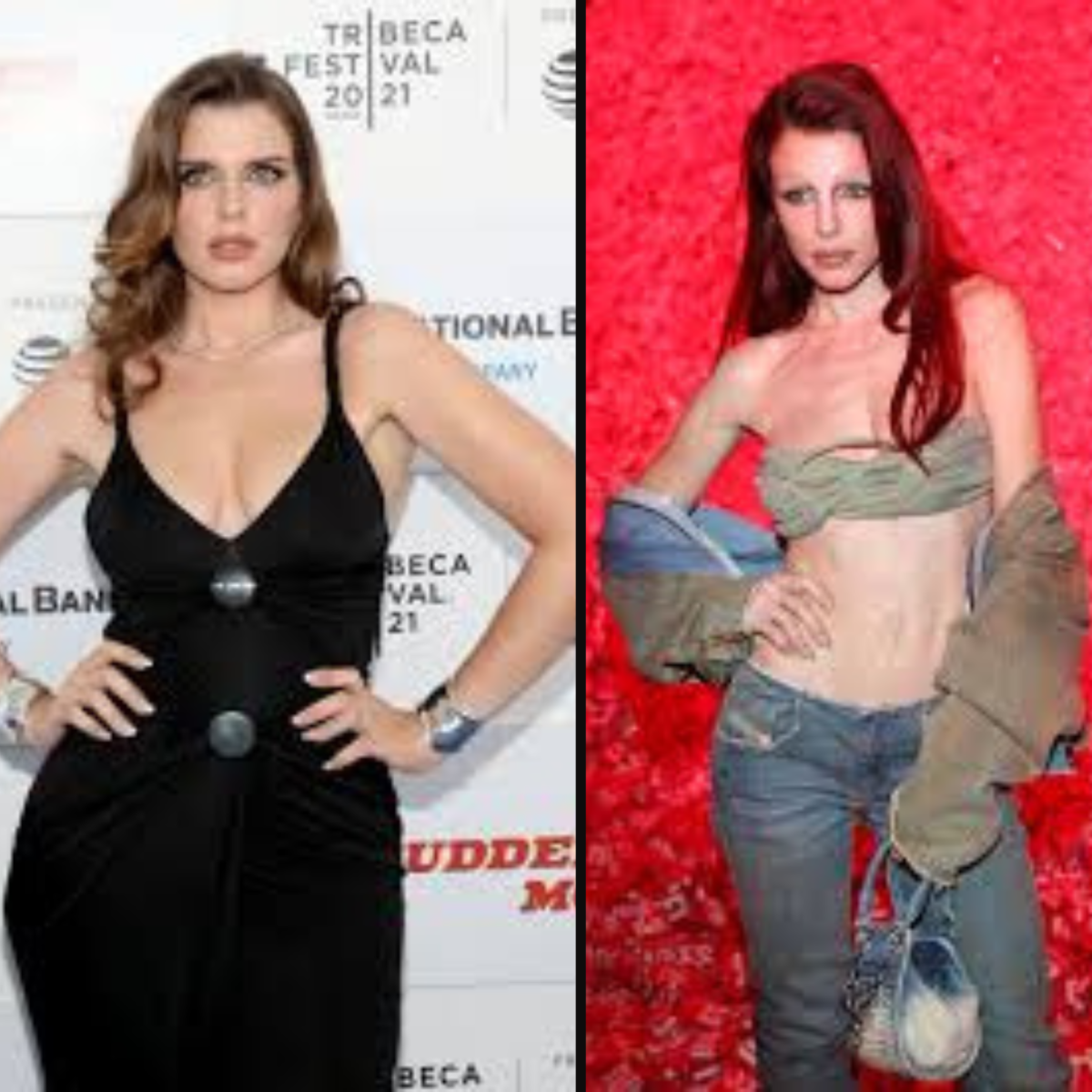Beauty standards have always been in a constant state of change, and women’s bodies are often at the center of these trends. From curvy hourglasses to stick-thin frames, the idea of the “ideal” body type is shaped by fashion, media, and societal influences. Over the last two decades, body standards for women have taken some dramatic turns, especially when it comes to the desire for thinness. In fact, we’ve gone from the “cocaine chic” look of the early 2000s to today’s renewed fascination with a dangerously skinny aesthetic. But why is this happening, and how is it impacting young women?
The “Cocaine Chic” of the 2000s
The 2000s were heavily influenced by supermodels like Kate Moss, who popularized the “heroin chic” look in the late 1990s, which later transformed into the “cocaine chic” aesthetic. This body type was defined by extremely thin figures, sharp cheekbones, and a hollow, almost sickly appearance. Fashion ads, runway shows, and Hollywood all promoted this ultra-thin look as the peak of beauty. Some celebrities even openly admitted to using drugs to maintain their skinny physiques, which further glamorized a dangerously unhealthy lifestyle.
Magazines and tabloids at the time constantly criticized celebrities for gaining weight while simultaneously praising the women who managed to maintain that super slim frame. There was an immense pressure on young women to conform, and diet culture boomed, with low-calorie meal plans, extreme exercise routines, and even pills advertised to help achieve that sought-after body.
A Shift in the 2010s
By the mid-2010s, there was a noticeable change in the way women’s bodies were viewed. The rise of social media platforms like Instagram introduced more diversity into mainstream beauty standards. Influencers such as Kim Kardashian, Beyoncé, and others brought curvier, more voluptuous body types back into the spotlight. The “slim-thick” trend dominated, with a small waist and larger hips becoming the new ideal. Body positivity movements began gaining traction, encouraging women to embrace different shapes and sizes. While thinness was still admired, it wasn’t the only body type being celebrated.
The Return of the “Heroin Chic” Look
However, more recently, it seems like we’re heading back to the glorification of thinness. In 2023 and 2024, fashion runways, TikTok trends, and even celebrity culture have re-embraced a thinner body ideal, often called “heroin chic.” Many have noticed that curvier celebrities are losing weight, and influencers are promoting diet culture under different names. Some people argue that this shift is linked to the rise of weight-loss drugs like Ozempic, which has gained attention for its off-label use as a weight-loss tool.
Despite the body positivity movement’s efforts, the media and fashion industries continue to emphasize extreme thinness, sending mixed messages to young women. Many girls feel pressured to achieve the “heroin chic” look because it’s being praised and circulated by influencers online. This leads to harmful comparisons and unhealthy habits, like restricting food intake or turning to extreme weight-loss measures.
The Impact on Young Women
The constant shifts in body standards create a confusing and unhealthy environment for young women, especially those trying to figure out their self-worth. It’s exhausting to keep up with constantly changing ideals, and the pressure to look a certain way can have long-term effects on mental and physical health.
The obsession with thinness promotes eating disorders, low self-esteem, and body dysmorphia. Young women are increasingly feeling the need to look “perfect” in an age where social media filters and Photoshop create unrealistic expectations.
What’s Next?
It’s hard to predict where body trends will go next, but we can hope that the future holds more body inclusivity. Promoting health and self-confidence over unhealthy extremes is crucial. Instead of chasing after unattainable body standards, young women should be encouraged to love their bodies for what they are—strong, beautiful, and uniquely theirs.
Ultimately, the most important thing is to remember that beauty isn’t one-size-fits-all. There is no “perfect” body, and everyone’s journey to feeling comfortable in their own skin should be celebrated.
—
As the fashion world revisits old ideals, it’s more important than ever to challenge these standards and promote a healthier, more inclusive vision of beauty. Because in the end, the perfect body is the one that makes you feel your best—no matter what the trends say.






